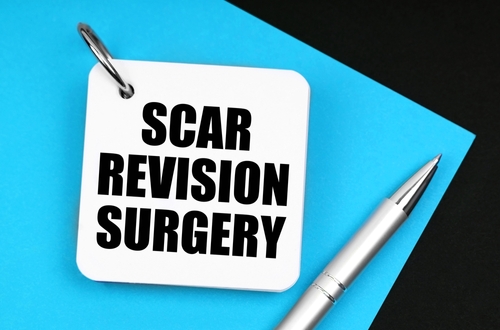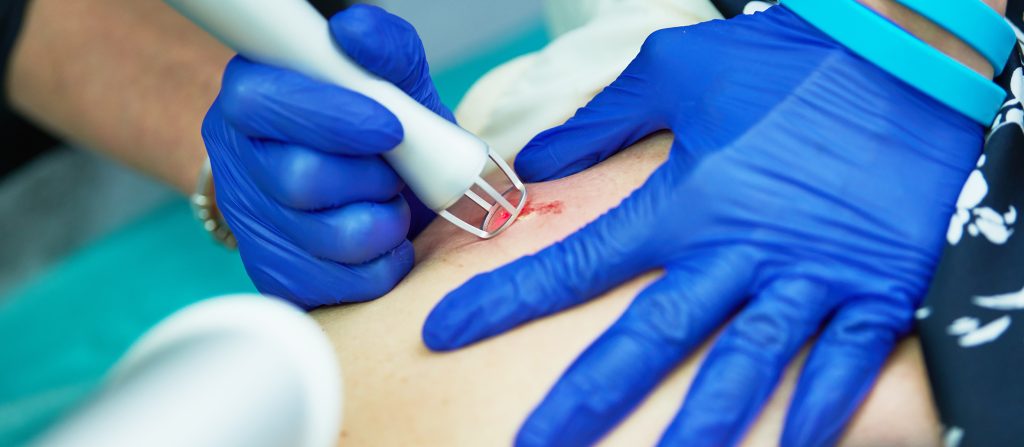What is Scar Revision?
If you have suffered from scarring and it is affecting your self-esteem, there could be a solution.
Scar revision can help improve the appearance of scars on many areas of the body, allowing people to regain control over how they look without feeling ashamed or embarrassed by their skin any longer.
If you’re based in London, there are many clinics that offer scar revision treatments that can help you achieve your desired results. With cutting-edge treatments like laser therapy and excisional surgery, there are many effective solutions for anyone who wants to reduce the visibility of their scars and feel more confident in their skin again.
If you want to learn more about scar revision London-based treatments, read this article now and get all the information you need to make an informed decision.

What is Scar Revision?
Scar revision involves surgically removing or remodelling scar tissue in order to soften, flatten, and improve the movement of the skin surrounding it.
The goal is to make the scar less noticeable and more natural looking. This procedure can help restore greater aesthetic and functional outcomes for patients negatively impacted by visible scarring from a past injury or surgical procedure.
During the treatment, recovery time typically takes 1-2 weeks, and full results will be visible after 12-18 months. Patients should consult with their medical professional when considering a scar revision procedure so they can make an informed decision regarding the most appropriate course of action.
Scar Revision Techniques
Scar revision techniques are designed to help individuals minimize the aesthetic impact of scars, which can vary depending on the individual’s skin type and colour.
Common scar revision techniques include surgical excision that removes a portion of all the scar, laser treatments that decrease redness or discoloration, and dermabrasion that utilizes a rotating brush to remove outer layers of skin.
Each of these techniques has its own benefits and drawbacks; for instance, surgical excision provides more dramatic results but has a longer healing time.
Laser treatments offer more precision with fewer side effects but may require several sessions to get desired results; meanwhile, dermabrasion can reduce surface irregularities with minimal downtime and be useful for areas like facial acne scars. As always, it is best to consult your doctor before deciding which technique is most appropriate for you. to people

Recovery and Aftercare
Scar revision recovery begins once the sutures have been removed from the area of treatment. Depending on the location of the scar, sutures typically remain in place for five to fourteen days before being taken out by your surgeon.
Afterward, a dressing will be applied to the treated area and instructions will be given on how long it needs to stay in place.
The course of recovery generally typically takes two weeks for less complicated scars, but if complications arise during healing patients should alert their surgeon right away for further care instructions. It is important that patients follow their physician’s instructions diligently to ensure proper healing and minimize any risks associated with scar revision.
Key Takeaways
Scarring can be a source of emotional pain and self-consciousness, but scar revision offers hope for those seeking to improve the appearance of their scars. By surgically removing or remodelling scar tissue, scar revision techniques can make scars less noticeable and more natural looking.
There are several techniques available, including surgical excision, laser treatments, and dermabrasion, each with its own benefits and drawbacks. It is important to consult with a medical professional to determine the most appropriate course of action for your individual needs.
With scar revision, individuals can regain control over their appearance and feel more confident in their skin again. Don’t let scarring prevent you from feeling your best – learn more about scar revision today.





